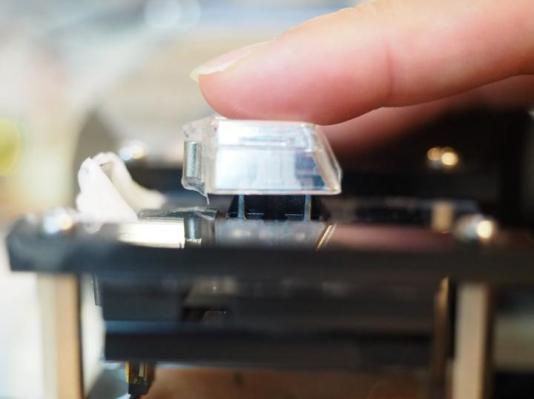
When all you have is a finger everything looks like a button [1]. But what happens if you’re unable to press buttons or, more likely, we begin using robots and other tools to interact with the real world? That’s what researchers at Aalto University, Finland, and KAIST, South Korea wanted to find out when they started examining how humans tap buttons.
“This research was triggered by admiration of our remarkable capability to adapt button-pressing”, said Professor Antti Oulasvirta at Aalto University. “We push a button on a remote controller differently than a piano key. The press of a skilled user is surprisingly elegant when looked at terms of timing, reliability, and energy use. We successfully press buttons without ever knowing the inner workings of a button. It is essentially a black box to our motor system. On the other hand, we also fail to activate buttons, and some buttons are known to be worse than others.”
During their study, they assessed the push buttons – buttons with actual travel – were more usable than touch buttons and that the best buttons were the ones that reacted at time of maximum impact. The researchers created something called “Impact Activation.” These buttons activate only when they are fully pressed, thereby ensuring that users will know exactly when they are and are not tapping a key on a keyboard or even a musical instrument.
The simulations shed new light on what happens during a button press. One problem the brain must overcome is that muscles do not activate as perfectly as we will, but every press is slightly different. Moreover, a button press is very fast, occurring within 100 milliseconds, and...